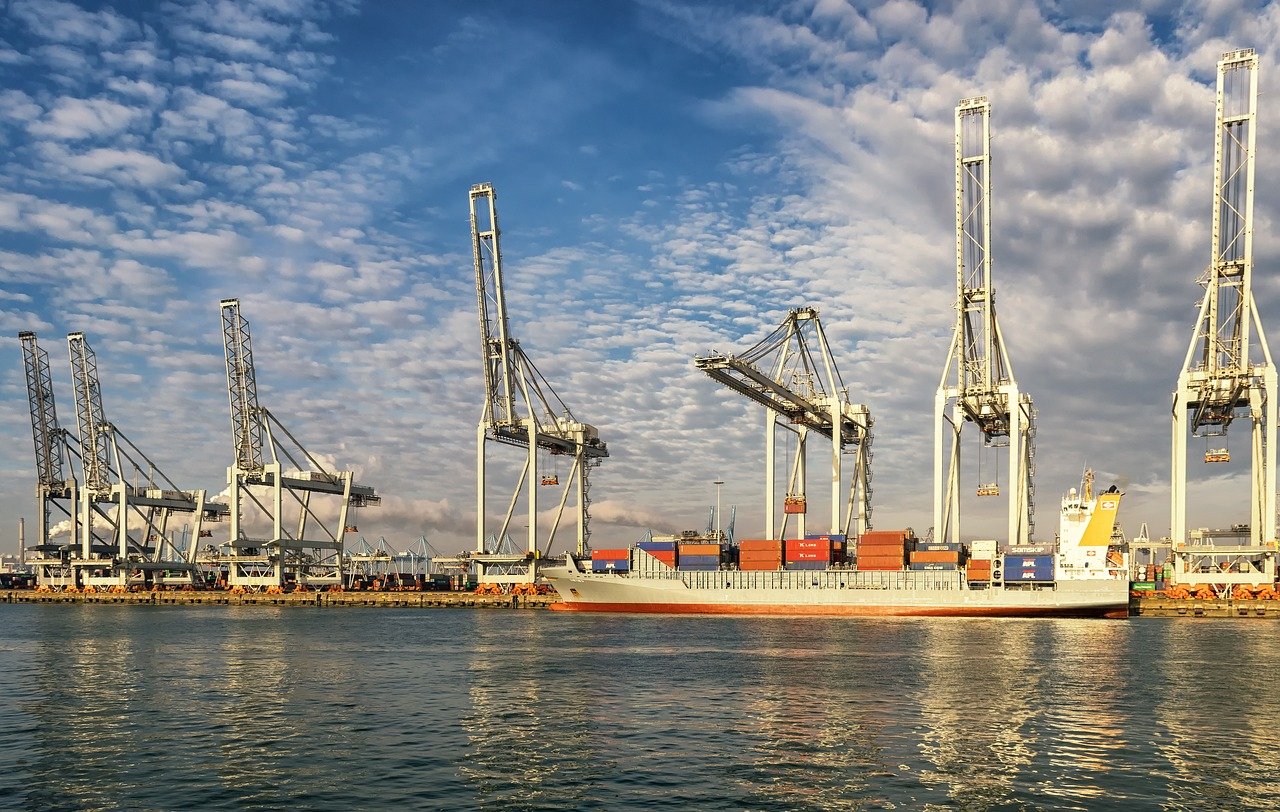The incoming and outgoing throughput of goods in Dutch seaports declined to almost 558 million tonnes in 2020 as a result of the pandemic. This is more than eight per cent less than in 2019, and thus the largest drop since the economic crisis of 2009. This follows from new figures from Statistics Netherlands.
Especially the supply of dry and wet bulk has shrunk considerably. This concerns, for example, coal from the United States and ores from Brazil. These came in significantly less often, because steel production in Germany had fallen sharply due to the crisis.
The transshipment of crude oil and oil products, such as heating oil, gas oil and diesel was also lower. One of the reasons for this is that there were far fewer flights in the airline industry last year. Other traffic too was less because of the crisis.
Container throughput Rotterdam drops by three per cent
The transshipment of goods in containers, in terms of weight, increased by 0.4 per cent. Export rose by 1.5 per cent, while import fell slightly. According to the Netherlands Statistics (CBS), the picture was different when expressed in numbers of containers. Almost 98 per cent of containers in the Netherlands are unloaded and loaded in the port of Rotterdam. The number of containers in Rotterdam fell by more than three per cent in 2020 compared to the previous year.
In the meantime, transshipment in Rotterdam has picked up again, the Port of Rotterdam Authority reported in April. In the first quarter, according to the organisation, the port took a step towards recovery, but the level of before the Covid-19 crisis has not been reached yet. For example, there was more demand for energy because of the cold winter. More containers were also handled.
According to the Port Authority, the volume grew because of the strong demand for consumer goods. Nevertheless, container throughput in tonnes decreased because of a lower average weight per container and an increase in the number of empty containers.
Also read: Shipping heavily disrupted after corona measures in Chinese ports
Source: ANP








